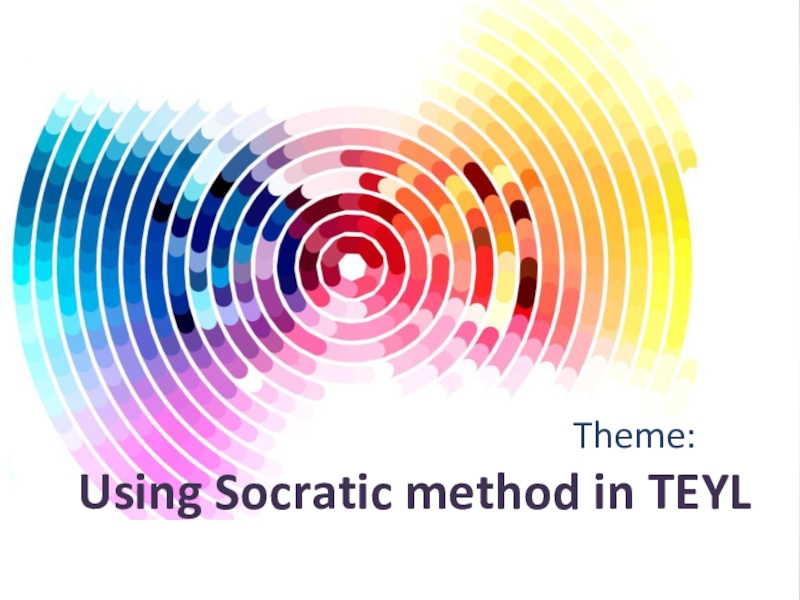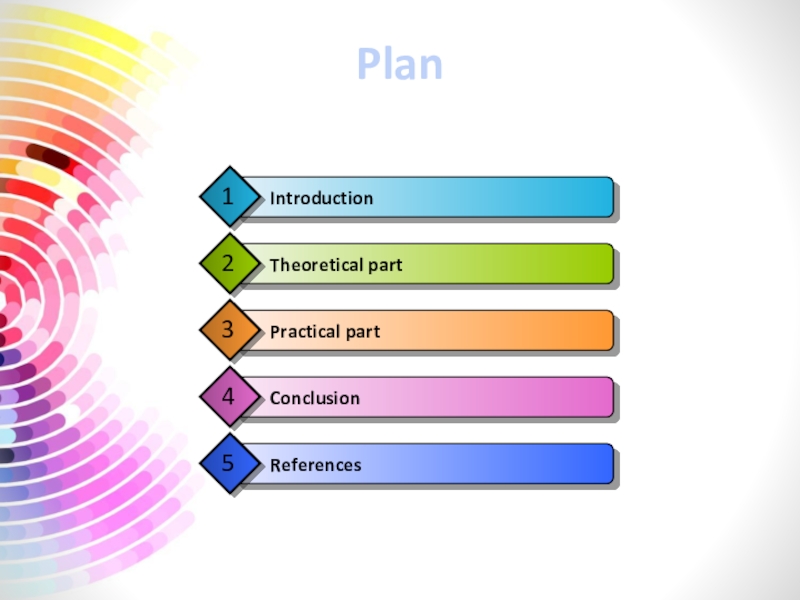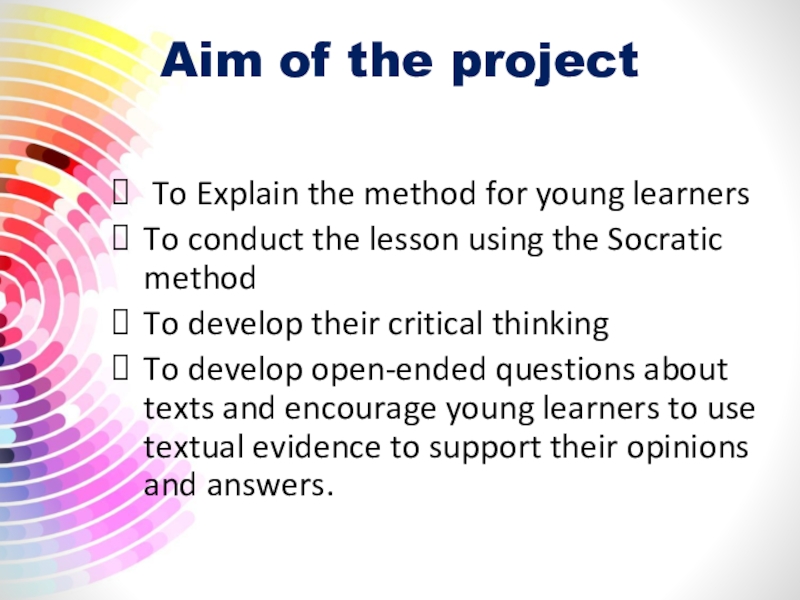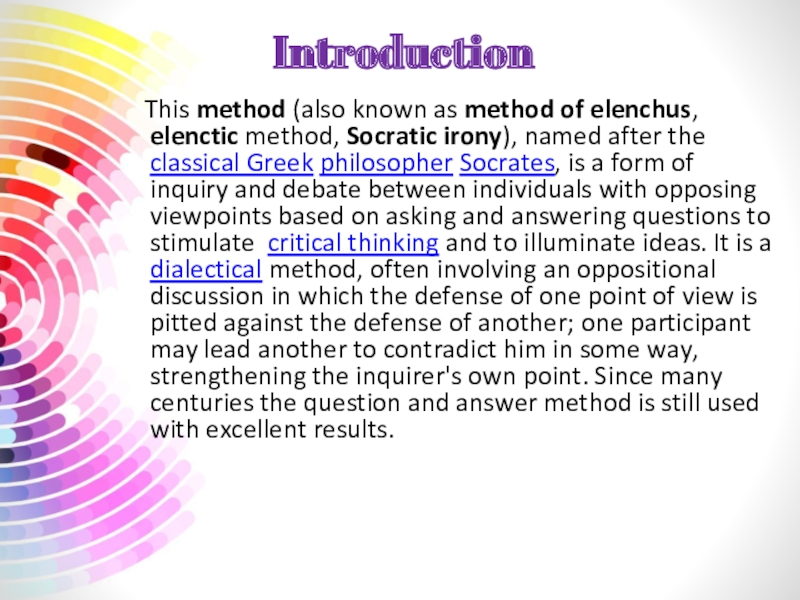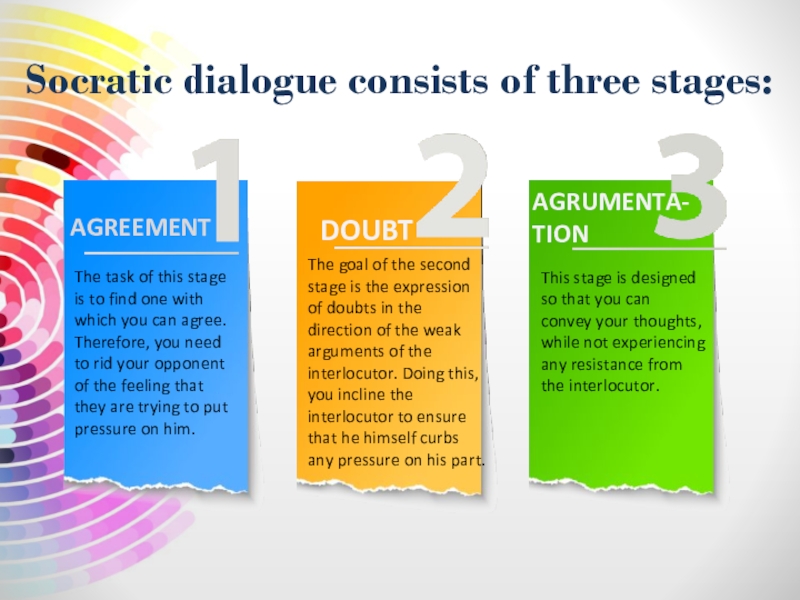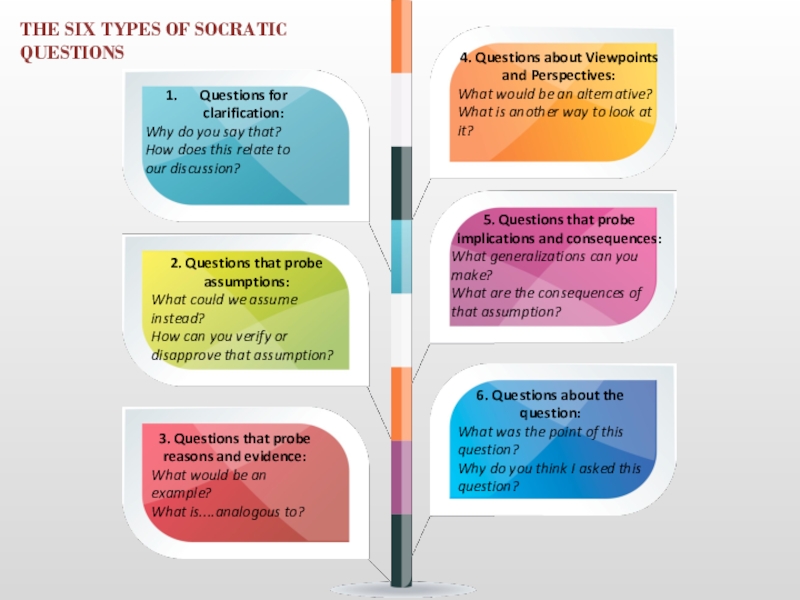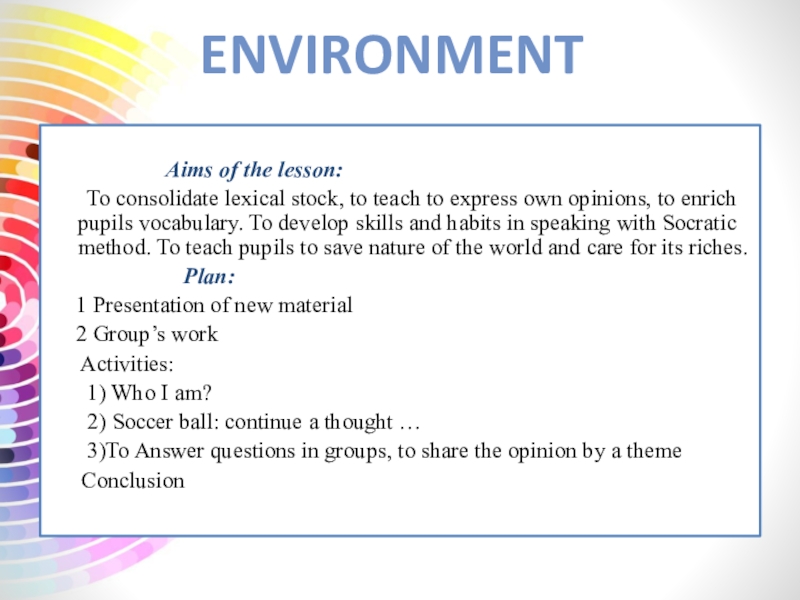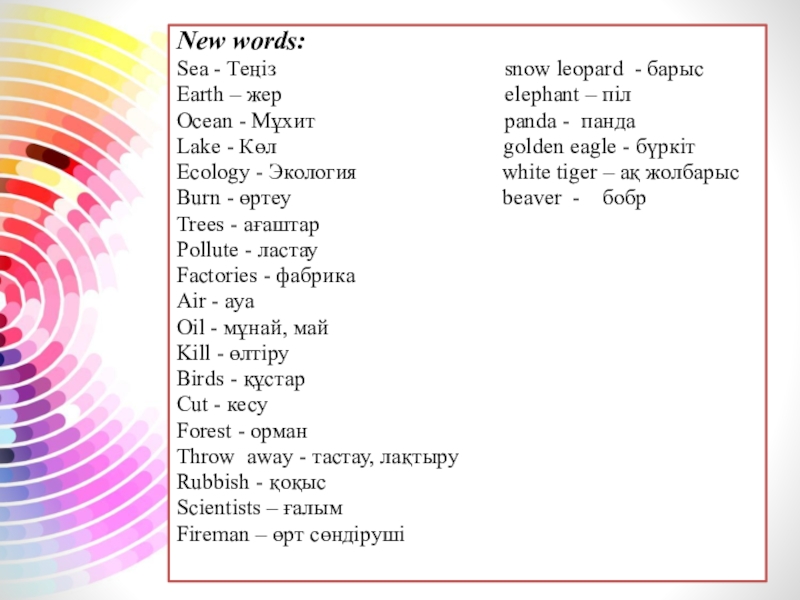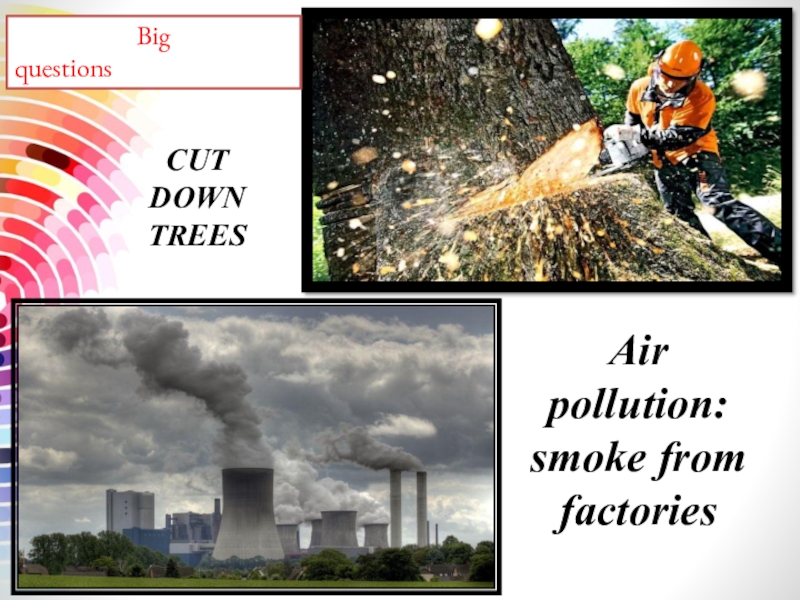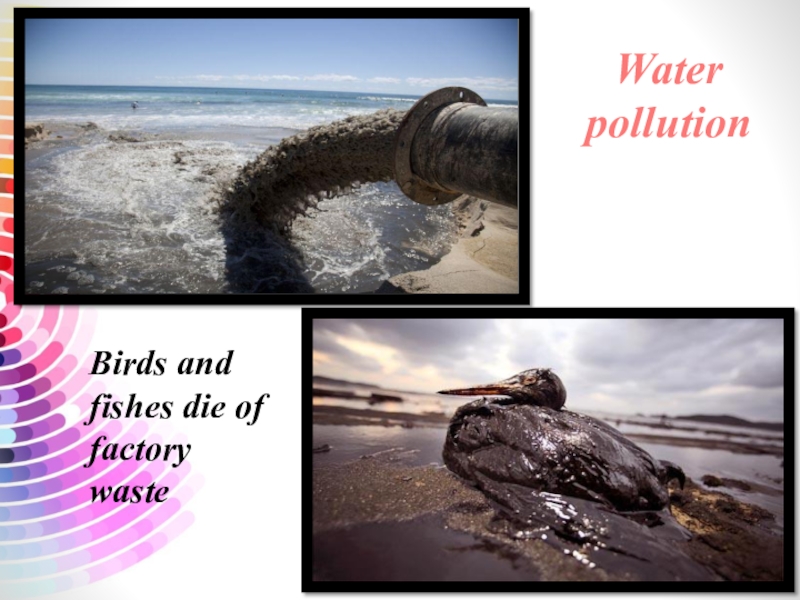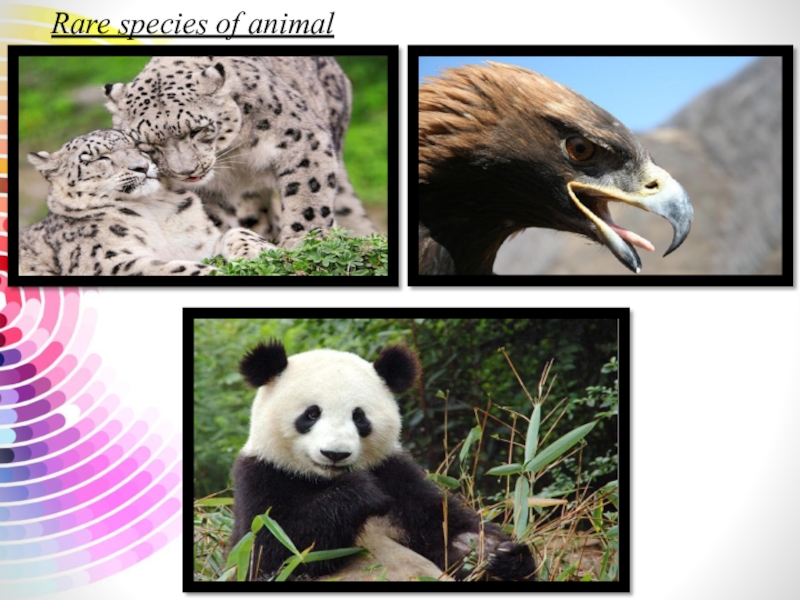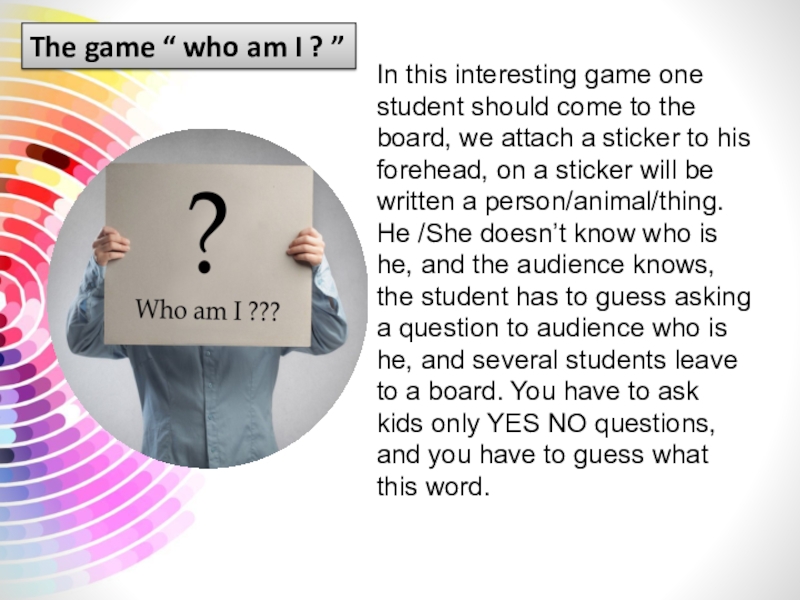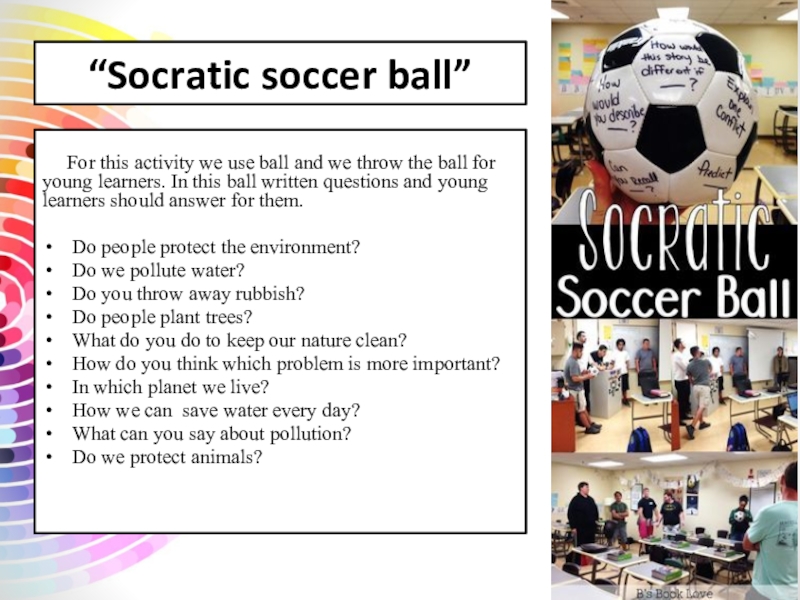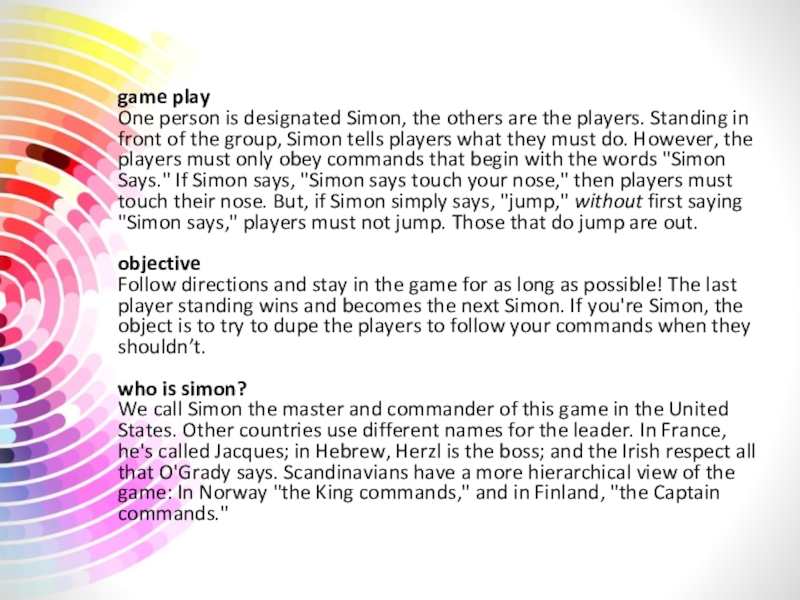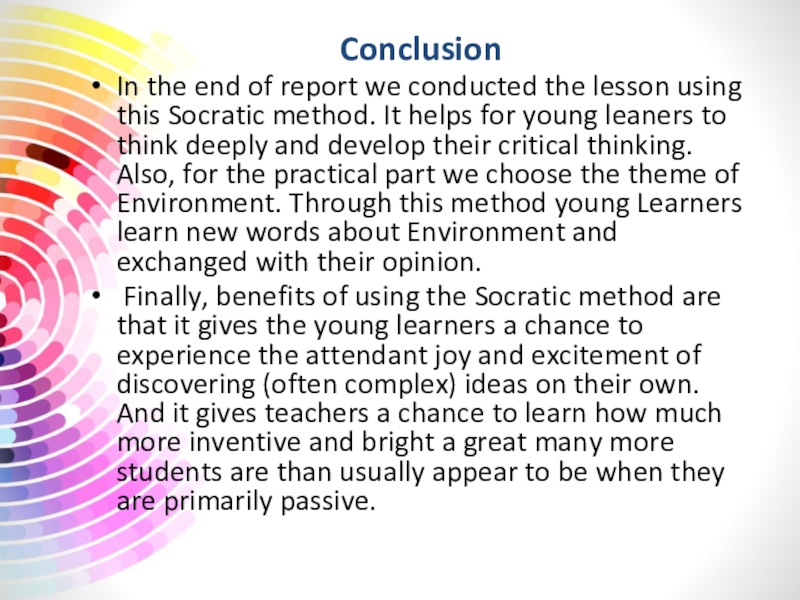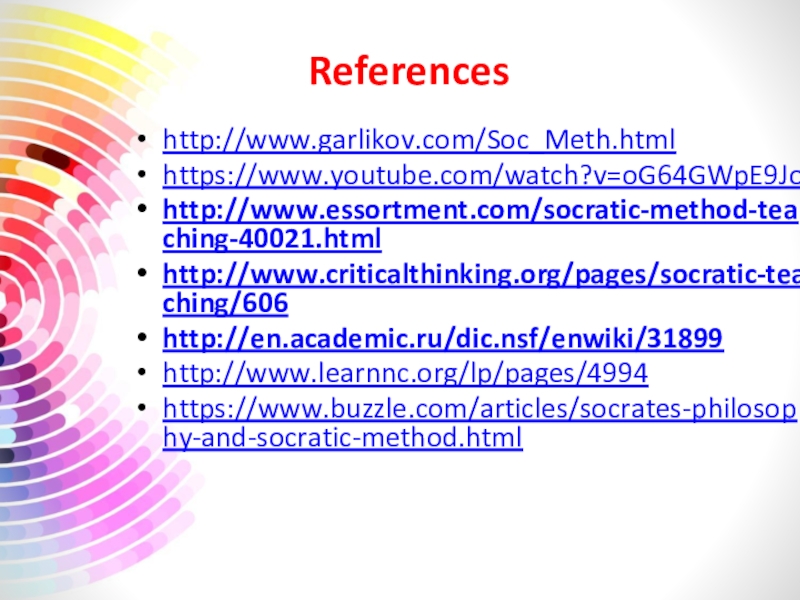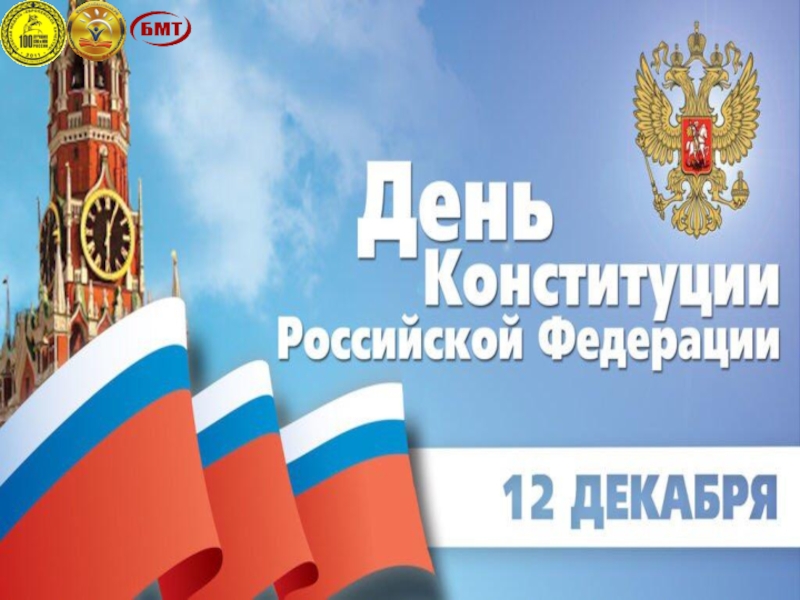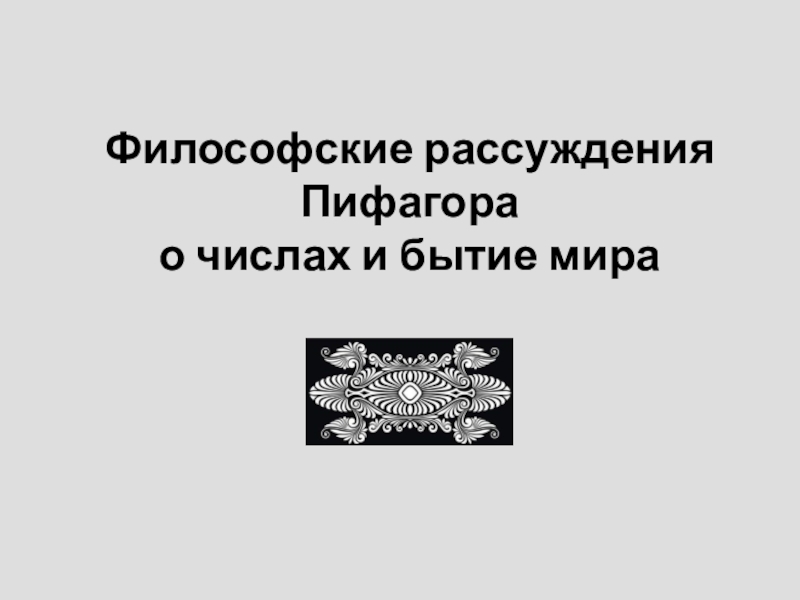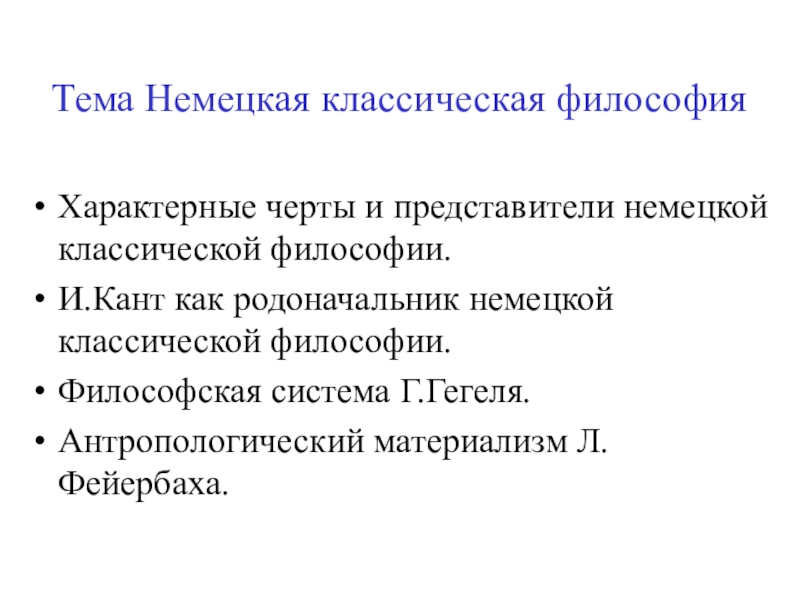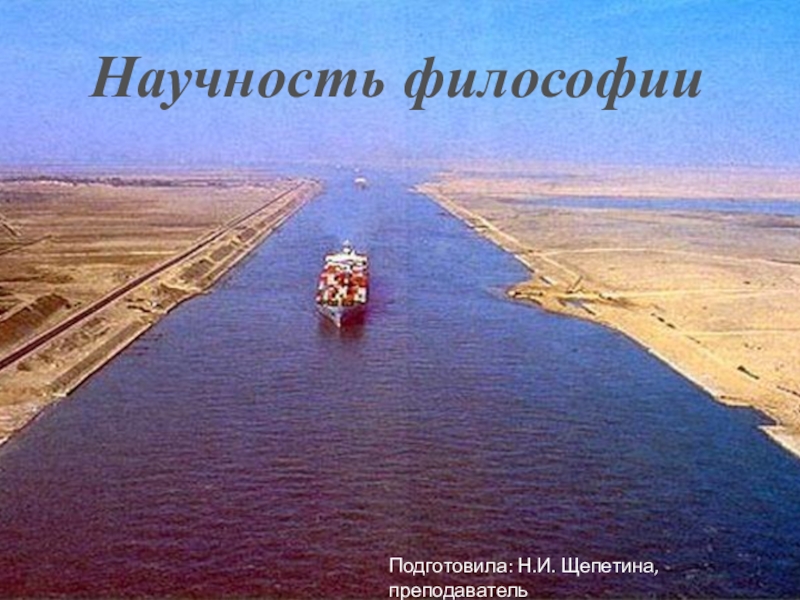- Главная
- Разное
- Образование
- Спорт
- Естествознание
- Природоведение
- Религиоведение
- Французский язык
- Черчение
- Английский язык
- Астрономия
- Алгебра
- Биология
- География
- Геометрия
- Детские презентации
- Информатика
- История
- Литература
- Математика
- Музыка
- МХК
- Немецкий язык
- ОБЖ
- Обществознание
- Окружающий мир
- Педагогика
- Русский язык
- Технология
- Физика
- Философия
- Химия
- Шаблоны, фоны, картинки для презентаций
- Экология
- Экономика
Презентация, доклад на тему :Using Socratic method in TEAL
Содержание
- 1. :Using Socratic method in TEAL
- 2. Plan
- 3. Aim of the project To Explain the
- 4. Introduction This method (also known
- 5. The task of this stage is to
- 6. 2. Questions that probe assumptions:What could we
- 7. The Socratic method in practiceIn the Socratic
- 8. Слайд 8
- 9. New words:Sea - Теңіз
- 10. Air pollution: smoke from factoriesBig questionsCut down trees
- 11. Water pollutionBirds and fishes die of factory waste
- 12. Rare species of animal
- 13. Слайд 13
- 14. In this interesting game one student should
- 15. “Socratic soccer ball” For
- 16. game play One person is
- 17. ConclusionIn the end of report we conducted
- 18. References http://www.garlikov.com/Soc_Meth.htmlhttps://www.youtube.com/watch?v=oG64GWpE9Johttp://www.essortment.com/socratic-method-teaching-40021.htmlhttp://www.criticalthinking.org/pages/socratic-teaching/606http://en.academic.ru/dic.nsf/enwiki/31899http://www.learnnc.org/lp/pages/4994https://www.buzzle.com/articles/socrates-philosophy-and-socratic-method.html
Слайд 3Aim of the project
To Explain the method for young learners
To
To develop their critical thinking
To develop open-ended questions about texts and encourage young learners to use textual evidence to support their opinions and answers.
Слайд 4Introduction
This method (also known as method of elenchus, elenctic
Слайд 5The task of this stage is to find one with which
Socratic dialogue consists of three stages:
The goal of the second stage is the expression of doubts in the direction of the weak arguments of the interlocutor. Doing this, you incline the interlocutor to ensure that he himself curbs any pressure on his part.
This stage is designed so that you can convey your thoughts, while not experiencing any resistance from the interlocutor.
AGREEMENT
DOUBT
AGRUMENTA-
TION
Слайд 62. Questions that probe assumptions:
What could we assume instead?
How can
Questions for clarification:
Why do you say that?
How does this relate to our discussion?
4. Questions about Viewpoints and Perspectives:
What would be an alternative?
What is another way to look at it?
5. Questions that probe implications and consequences:
What generalizations can you make?
What are the consequences of that assumption?
6. Questions about the question:
What was the point of this question?
Why do you think I asked this question?
3. Questions that probe reasons and evidence:
What would be an example?
What is....analogous to?
THE SIX TYPES OF SOCRATIC
QUESTIONS
Слайд 7The Socratic method in practice
In the Socratic method of education, teachers
Teachers can use the Socratic method in a variety of subject areas and across grade levels in order to challenge students to examine both contemporary and historical issues. In modeling the practice of Socrates, the teacher questions students in a manner that requires them to consider how they rationalize and respond about topics.
Слайд 8
Aims of the lesson:
To consolidate lexical stock, to teach to express own opinions, to enrich pupils vocabulary. To develop skills and habits in speaking with Socratic method. To teach pupils to save nature of the world and care for its riches.
Plan:
1 Presentation of new material
2 Group’s work
Activities:
1) Who I am?
2) Soccer ball: continue a thought …
3)To Answer questions in groups, to share the opinion by a theme
Conclusion
Environment
Слайд 9New words:
Sea - Теңіз
Earth – жер elephant – піл
Ocean - Мұхит panda - панда
Lake - Көл golden eagle - бүркіт
Ecology - Экология white tiger – ақ жолбарыс
Burn - өртеу beaver - бобр
Trees - ағаштар
Pollute - ластау
Factories - фабрика
Air - ауа
Oil - мұнай, май
Kill - өлтіру
Birds - құстар
Cut - кесу
Forest - орман
Throw away - тастау, лақтыру
Rubbish - қоқыс
Scientists – ғалым
Fireman – өрт сөндіруші
Слайд 14In this interesting game one student should come to the board,
The game “ who am I ? ”
Слайд 15“Socratic soccer ball”
For this activity we
Do people protect the environment?
Do we pollute water?
Do you throw away rubbish?
Do people plant trees?
What do you do to keep our nature clean?
How do you think which problem is more important?
In which planet we live?
How we can save water every day?
What can you say about pollution?
Do we protect animals?
Слайд 16 game play One person is designated Simon, the others are the players.
Слайд 17Conclusion
In the end of report we conducted the lesson using this
Finally, benefits of using the Socratic method are that it gives the young learners a chance to experience the attendant joy and excitement of discovering (often complex) ideas on their own. And it gives teachers a chance to learn how much more inventive and bright a great many more students are than usually appear to be when they are primarily passive.
